Learn how to make a see-through rainstick–with recycled and natural materials–that makes the sound of rain falling with this easy step-by-step DIY sensory bottle tutorial. (First published July 21, 2016; this post is updated and republished to improve the content.)
This musical rainstick instrument quickly became one of our family’s all-time favorite homemade sensory bottles. A rainstick is a musical instrument that makes a sound similar to the gentle pitter-pat of rain falling when tipped from top to bottom. They are commonly made in the shape of a tube and partially filled with small pebbles, beads, beans, or rice. Rainsticks are often constructed with small pins or thorns on their inside surface. But this easy rainstick craft is made with sticks instead of thorns or pins, so it is easy for kids and adults to make at home or in the classroom.
Discovery bottles like this see-through rainstick serve several purposes. The gentle sound of a rainstick sensory bottle can help toddlers, preschoolers, kindergarteners, and elementary school-aged children focus, calm down, and learn to self-regulate. A rainstick is also a great DIY toy for no mess, safe sensory play, and helping children (and adults) calm down and unwind. Scroll down to see an easy musical sensory bottle tutorial that teaches how to make a rainstick. For more information about sensory bottles and their uses, check out Calm Down Sensory Bottles 101.
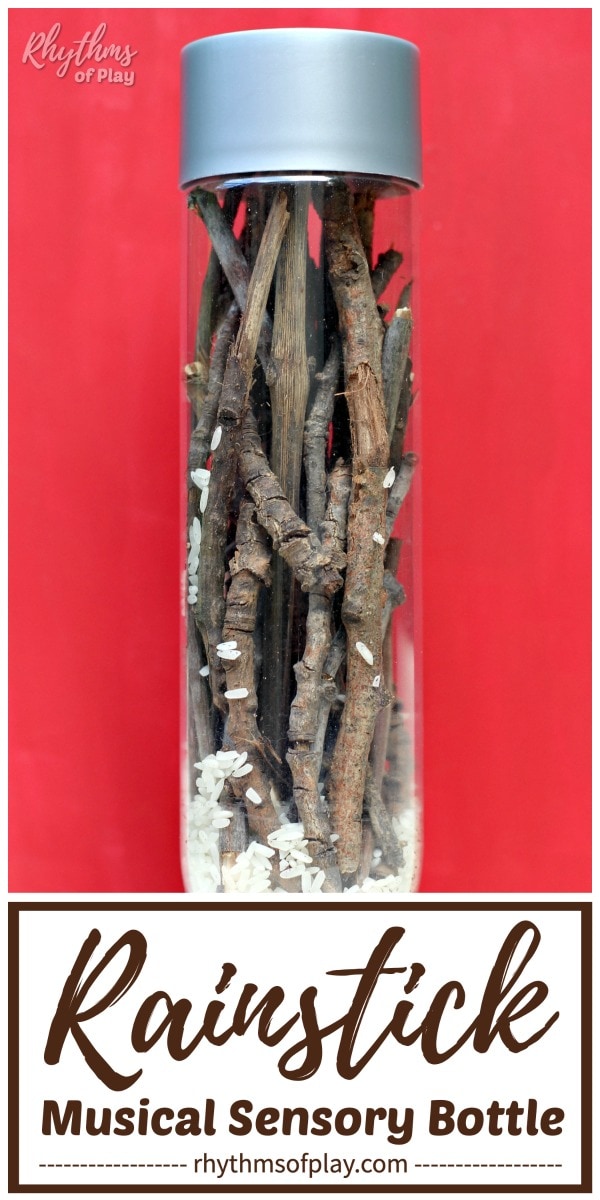
Related: Nature-Inspired Sensory Bottles
What is a Rainstick?
A rainstick is a long, cylindrical musical instrument that produces a sound reminiscent of falling rain when tilted or turned upside down. It is typically made from a hollow tube, often constructed from materials such as cactus, bamboo, or wood. Inside the tube are small objects like beans, seeds, or small pebbles that create the sound when they fall through a series of strategically placed internal obstacles.
The design of a rainstick usually includes spines or thorns from the chosen material, which are affixed to the inner surface of the tube. As the instrument is tilted or inverted, the small objects inside the tube move along the spiral path created by the spines or thorns. When these objects hit the obstacles or irregularities inside the tube, they produce a gentle, soothing sound reminiscent of raindrops falling. However, the step-by-step rainstick craft tutorial below uses sticks instead of spines or thorns to make it easy to put together at home or in the classroom.
Rainsticks have their origins in indigenous cultures, particularly in Central and South America, where they were used in rituals, ceremonies, and as musical instruments. Over time, they have become popular in various parts of the world as musical instruments and decorative items, often associated with relaxation and meditation due to their calming sound. They are also used in music therapy and various forms of world music to add unique textures and ambiance to compositions.
Related: Rainy Day Activities
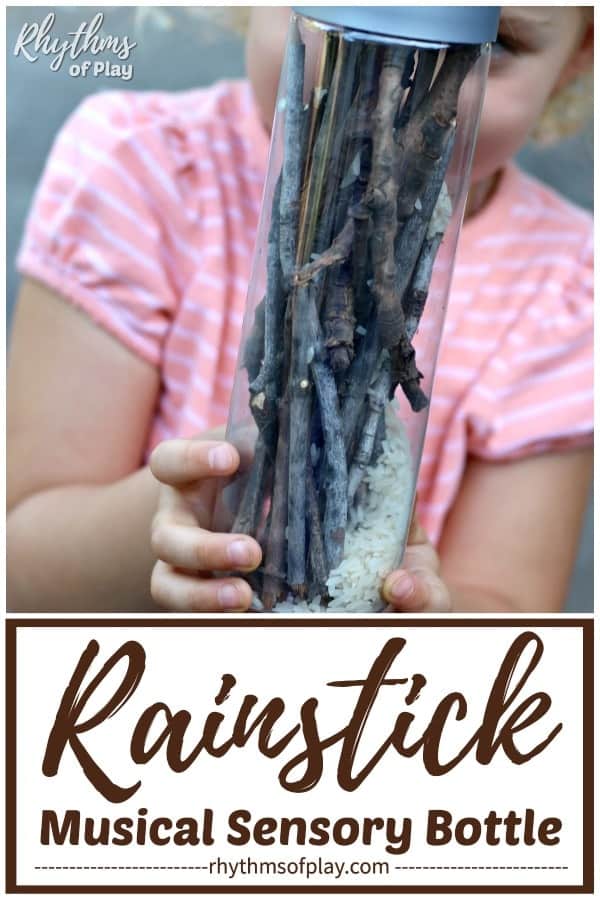
DIY Rainstick Musical Instrument
A see-through rainstick musical sensory bottle like the one my daughter is playing with in the photographs for this post is a mess-free way to stimulate the auditory and visual sensory systems. Tipping it from top to bottom causes the rice to bounce off the sticks and produce a sound reminiscent of rain falling. Young children love to watch the rice fall and listen to the gentle pitter-patter of rain. Or give it a gentle shake to make it sound like a rainstorm.
Speaking of the sound of rain, one of our favorite rainy day rain songs is “It’s Raining Outside” by Nancy Kopman. Click on THIS link to see the video or THIS link to purchase and download the song. For more kids’ music ideas, check out kids’ music that won’t drive you nuts! You might also enjoy this list of fun things to do on a rainy day.
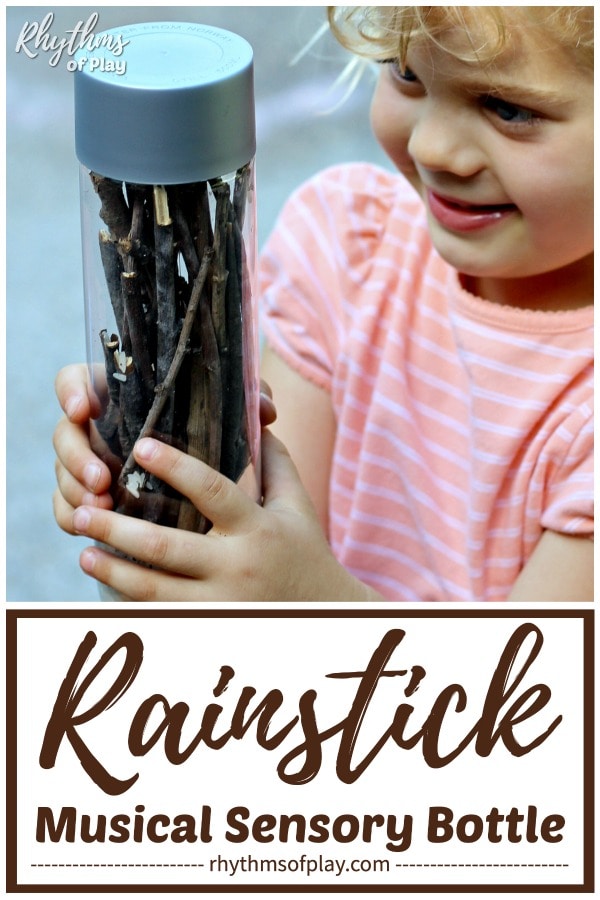
Rainstick Craft Supplies and Ingredients
You probably have everything you need to make a see-through rainstick at home and in your backyard. You only need a few sticks, rice, pebbles, beads, a bottle from your recycle bin, and a pair of little hands to help you make this calming tool.
- Water bottle or mason jar (or look for another bottle from the recycle bin that makes a nice sound for a rain bottle)
- Goo Gone
- Sticks, twigs, and small bare branches
- Rice (small beads, pebbles, millet, or dried lentils will also work)
- Super glue
or hot glue gun
Related: Recycled DIY Chalk Paint
How to Make a Rainstick: Step-by-Step Homemade Sensory Bottle Tutorial
To make this rainstick sensory bottle, invite the kids to go on a nature hunt for some sticks and twigs. Once you have a handful of sticks, twigs, or bare branches, you are ready to make a rainstick.
We like to make sensory bottles on our DIY Outdoor Art Table and mud Kitchen, but a kitchen counter or dining room table will work just as well.
And when we make sensory bottles, I often add a homeschool lesson to make our creation a fun and educational activity. The rainstick tutorial below shares a few tips about how to do this.
1. Grab a bottle from the recycle bin.
- Peel off the sticker on the bottle and remove any sticky residue with Goo Gone.
Related: Rainbow Rainy Day Art
2. Fill the bottle with sticks and twigs.
- Invite your children to fill a Voss water bottle, mason jar, or another recycled bottle with small sticks and twigs to exercise their fine motor muscles.
- Show children how to tangle them up and go in different directions rather than sticking them all straight into the empty water bottle. This will create more surface area for the rice to bounce off of to produce the sound of rain.
- If you make these with your children, feel free to add a science lesson about sound and gravity.
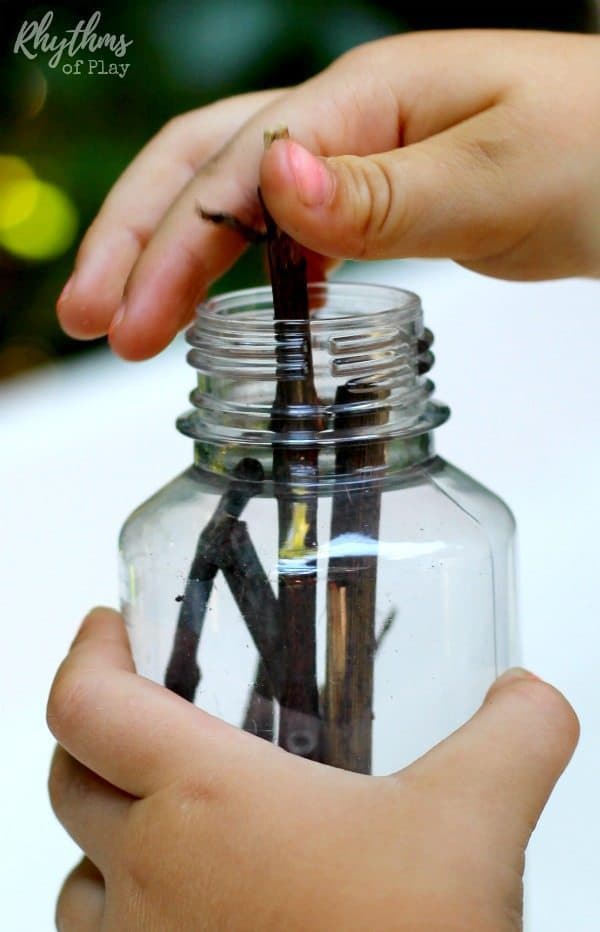
3. Add rice to the rainstick craft.
- Invite children to add 5-10 teaspoons of rice to the rainstick musical sensory bottle to practice scooping and transferring. (Or use beads, pebbles, millet, or lentils instead of rice.)
- Scooping and transferring the rice from a bag or jar into the empty water bottle or jar is a great hand-eye coordination activity for kids.
- Cleaning up the mess is an excellent Waldorf home life activity. (Like squeezing oranges and arranging flowers, sweeping the floor and wiping the table is also a fantastic Montessori practical life activity.)
- Shh–don’t tell kids they are learning while they are playing and making. It will be our little secret! 😉
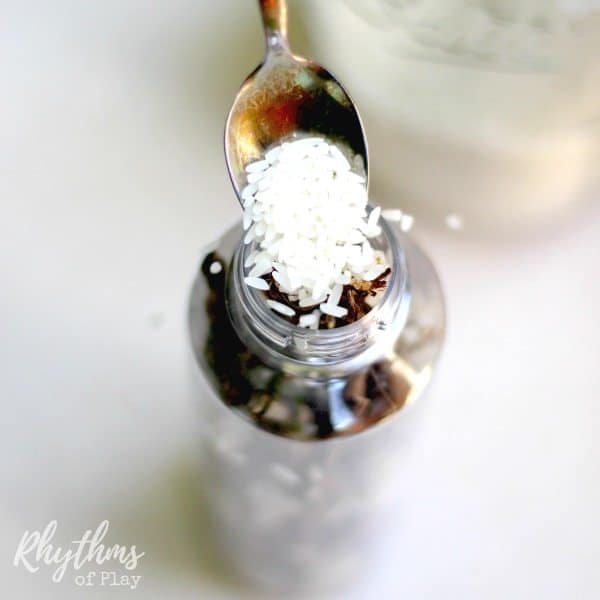
Related: Coin Sorting Montessori-Inspired Sensorial Activity
4. Place the lid on the rainstick DIY sensory bottle.
- Put the lid on your homemade rainstick and slowly tip your musical sensory bottle instrument from top to bottom to hear the gentle pitter-patter of rain.
- Glue on the lid with super glue or a hot glue gun. (This step is optional but recommended if young children, such as toddlers and preschoolers, will be playing with the homemade rainstick.)
Related: DIY Geometric Puzzle Toy for Kids
DIY Rainstick Instrument Tips
Play with your DIY rainstick sensory bottle for a day or two to ensure you like it. You may find that you want more or less rice or more or fewer sticks inside of it.
Once you like how your see-through rainstick looks and sounds, glue it on the lid and hand it to the kids to play with. A DIY rainstick sensory bottle makes an excellent homemade toy for toddlers, preschoolers, kindergarteners, elementary-aged children, tweens, and teens.
A DIY rainstick calm-down bottle is a fun musical instrument to watch and listen to. They make the gentle sound of pitter-patting rain when tipped slowly from top to bottom.
To learn more about sensory bottles, their uses, how to make them, and troubleshooting tips, check out Calm Down Sensory Bottles 101.
Learn more about Rhythms of Play HERE!
If You Liked This Rainstick Sensory Botle, You might also like:
- Self-Regulation Strategies for Kids
- Butterfly Sensory Bottle
- DIY Rainbow Loom Band Ringer Game Sensory Bottle
- Sea Shells Sensory Bottle
- Nature-Inspired Sensory Bottles
- Outdoor Activities for Kids
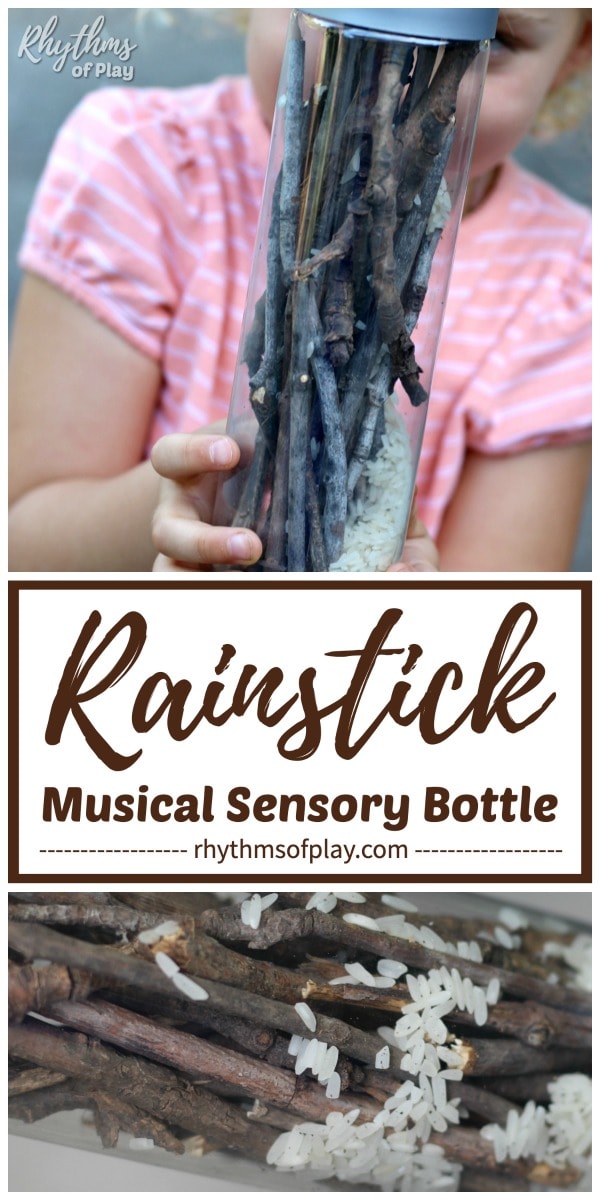

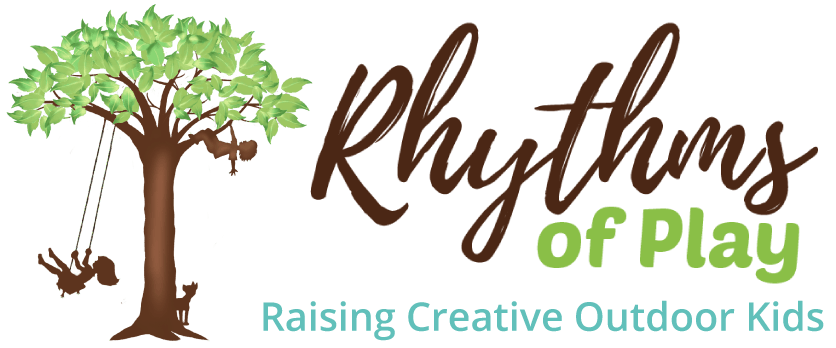

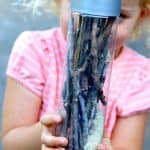
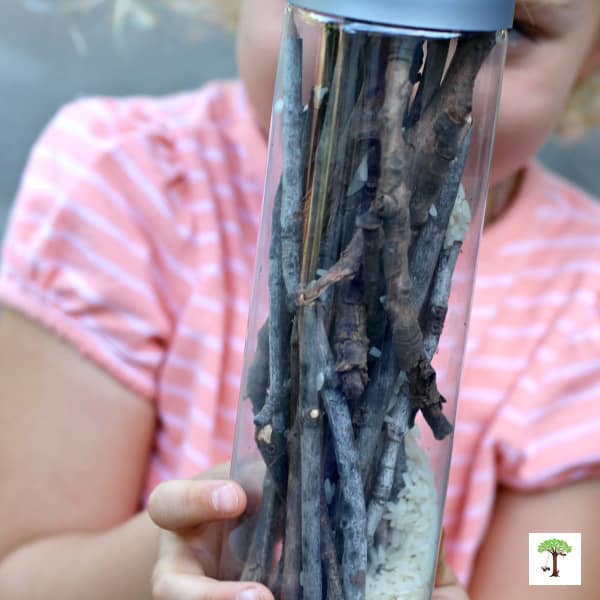

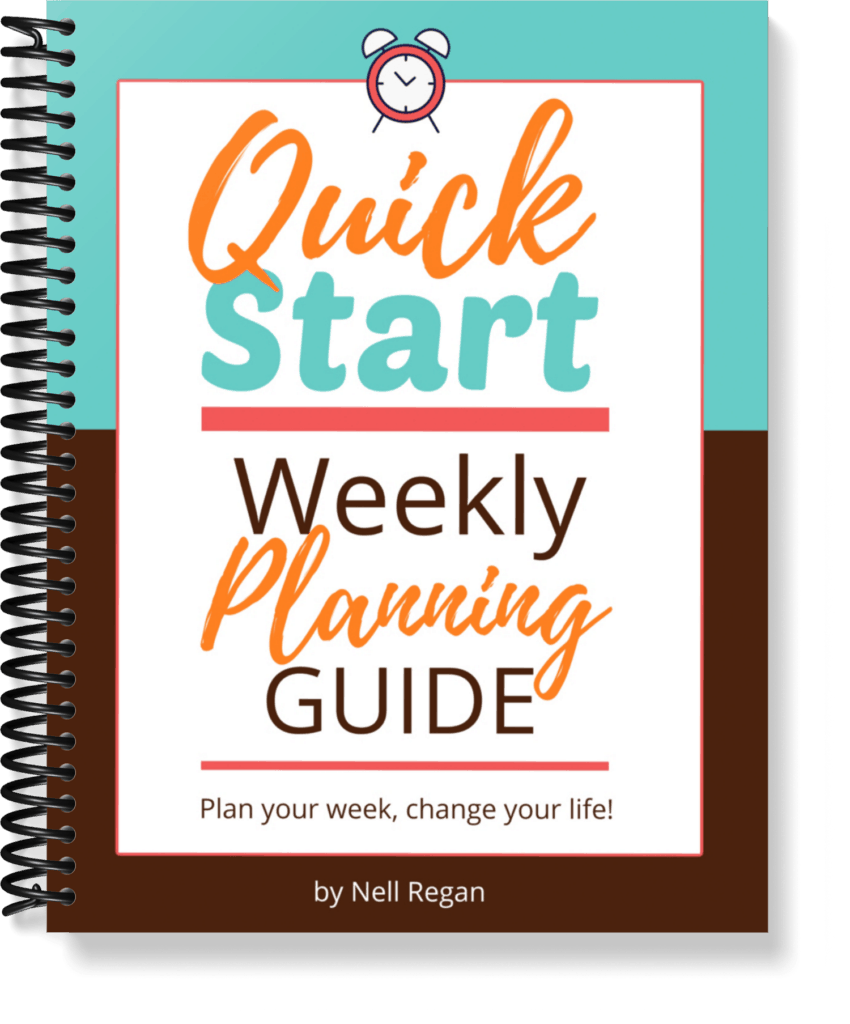
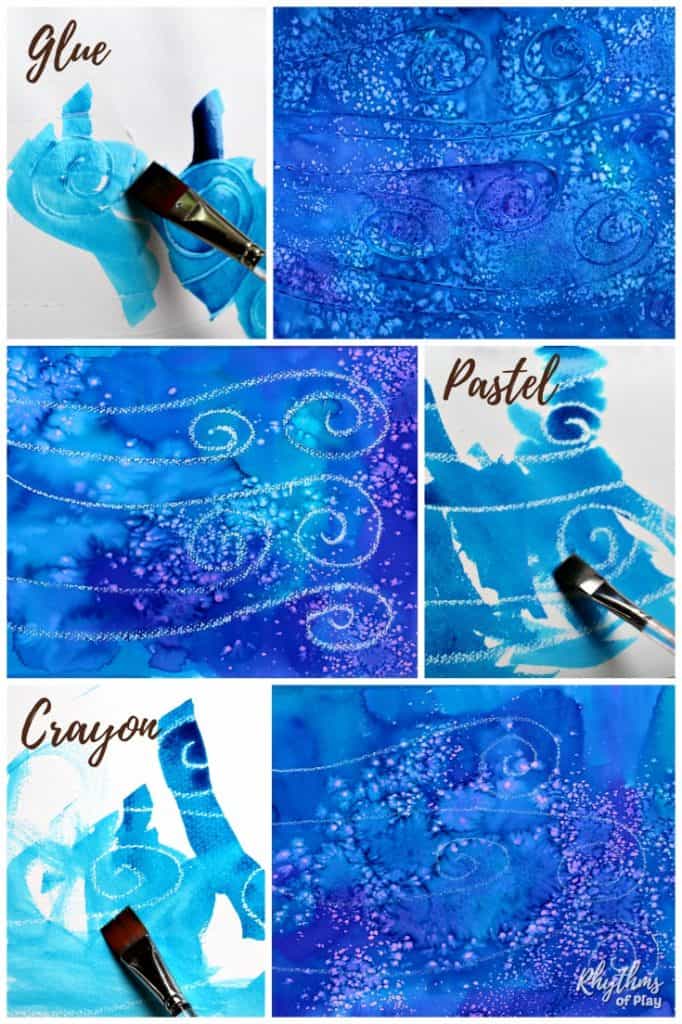

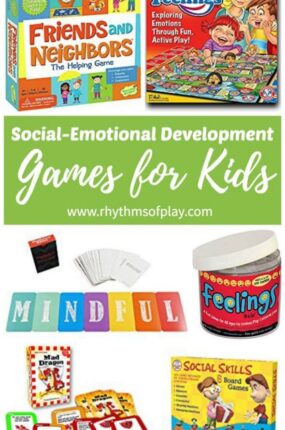
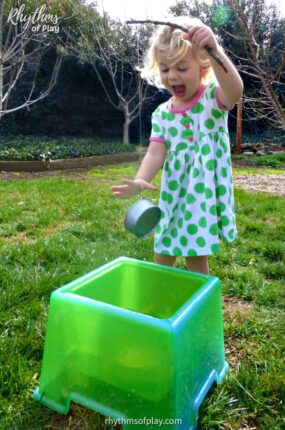
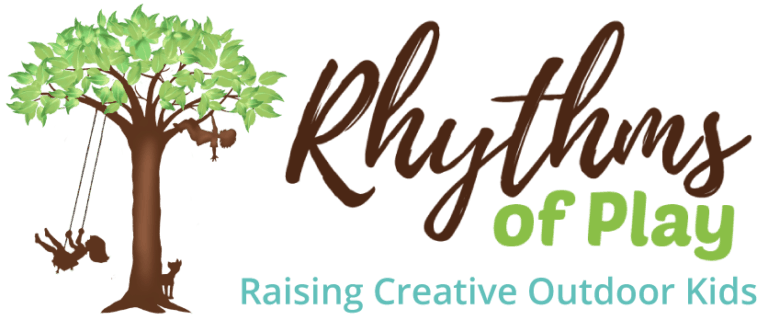
These are great! Can’t wait to share your fun idea with our students!
So glad you like it, Justine! Thank you for sharing it with your students 🙂
Can you use other bottles than Voss – I can’t find those around here.
Good question Chris! Any bottle out of the recycle bin will do. You just need to be able to fit sticks and rice through the opening and your good to go! Different bottles will have different sounds. Experiment and have fun!
This is a GREAT self-regulation bottle, thank you so much!!!
Thank you, Patrick! So glad you approve. It’s one of our favorites as well.